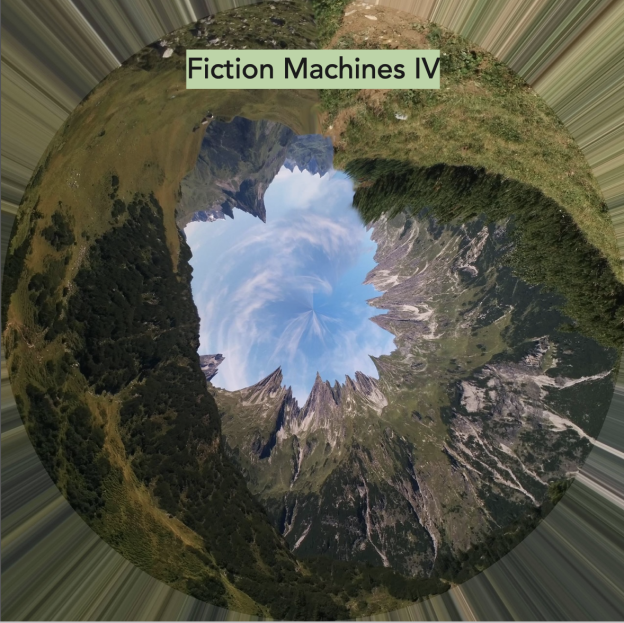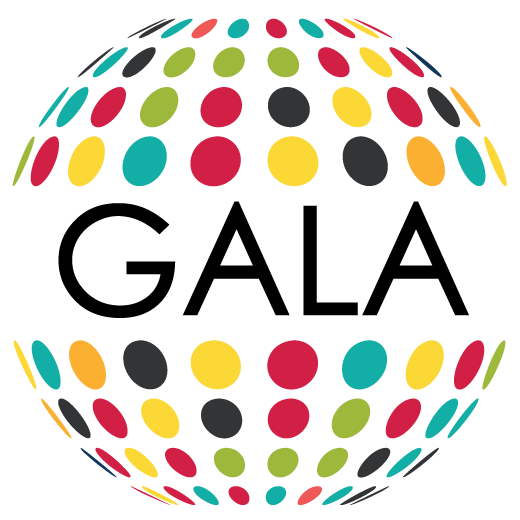
Rebecca McGuire-Snieckus
Fiction Machines IV Symposium – Call For Proposals
Posted on May 4, 2023

The Material: Art & Technology Research Group presents Fiction Machines IV One-Day Symposium on Thursday July 20th 2023 at Locksbrook Road Campus (event is in-person only and not online).
For this iteration of Fiction Machines we are interested in methods of fiction and personification within art practice research to engage with, and give voice to, more-than-human lifeforms and materials.
The novelist Amitav Ghosh, in his non-fiction work The Nutmeg’s Curse (2021) draws connections between histories of colonialism, capitalism and real fictions of the land. He describes the mechanistic worldview that has supported colonial violence and extraction, nature viewed as ‘inert repository of resources, which in order to be ‘improved’ needs to be expropriated.’ (37) What this view has suppressed, he argues, is thinking the universe as living organism, ‘animated by many kinds of unseen forces.’ (37) It is through myths, stories and voices that we can rethink perceptions and agencies of the non-human.
Ghosh describes the story of the volcano Budj Bim, for example, in Australia’s Victoria State. For the Gunditjmara, the Indigenous people of the region, the volcano as giant being with lava teeth is a founding ancestor. Budj Bim’s creation myth, passed down through generations, bears witness to a volcanic eruption 30,000 years ago and played a major part in the community’s reclamation of some of their ancestral lands in 2007. Philosopher Elizabeth Povinelli in Geontologies (2016) describes a 2013 legal case in Northern Australia between mining company OM Manganese and the Aboriginal Areas Protection Authority. The dispute centres around the status of sacred rock formation Two Women Sitting Down, asking what it means for the rock to listen, and to have voice as a political subject, ultimately as a power struggle over what counts as life and nonlife, ‘rocks extrude into their environment, changing wind patterns and leaving soil deposits, and they ingest the living that changes their geochemical imprint.’ (72)
What such examples show is how fictions and personifications of the more-than-human environment are bound up with law, agencies, philosophies and science of the earth, politics of extraction, narratives of colonial modernity and postcolonial resistance. This is increasingly relevant with the current urgency of climate crisis. Tuvalu, an island atoll in the South Pacific, for example, is forecast to disappear completely by the end of the century due to rising sea levels. One proposal for retaining its status and ownership of its maritime zones is through a fictional version of itself in the metaverse, passing on stories digitally for future generations.
We are interested in fiction as method within art practice in such a context, ‘Far from being an escape from the world’, as Shaws and Reeves-Evison have argued, ‘fiction takes us to its symbolic centre and might allow us to establish some leverage within the tangled contingencies and hidden conventions that lie there.’ (2017:7).
In the symposium we ask: How have artists worked with voices entangled with the earth and materials, our technologies, instruments and waste? Beyond data, what rituals, affinities and subjectivities are emerging for relating to climate? How are non-human collaborations and speculative machines re-imagining the human and planetary? And what is at stake in personification and voicing – who is speaking for whom and is anyone or anything listening?
Symposium Strands
– Agencies of land as material: soil as material evidence; toxicity; underground life, plants, fungi and communication networks; nuclear waste and e-waste; mythology, extraction and colonialism; animated lands; agropoetics; food ecologies.
– Climate rituals: critical sensing; non-data based approaches to climate justice, communication or measurement; personifications or invocations of climate; human/more-than-human affinities; bodies, desire and ecoqueer practices.
– Machine futurisms: giving voice to speculative forms of machine that re-imagine technological relations with human and non-humans; speculative subjectifications; sci-fi and alien weirdness; non-western and postcolonial futurisms.
– Personification and voicing as method: ventriloquism; critical reflections on speaking for/as/with/through other things; noise; AI; deep listening; indigenous epistemologies and cosmologies; narratives of resistance.
Proposal Submission
i) Papers & Performances – We are interested in submissions from interdisciplinary researchers including artists, filmmakers, writers and theorists whose work responds to a particular strand of the symposium. We encourage practice based presentations, traditional and fictional papers as well as performances. The duration for each presentation will be 20 minutes.
ii) Artist’s moving image works – We are also looking for artist’s moving image works which connect with a particular strand of the symposium (up to 15 minutes) we will select a set of works for a screening taking place throughout the event.
Please send proposals (200 words) for all papers/performances – outlining their aim and form – along with a short biography. For moving image submissions please provide an online screening link along with a short synopsis and biography.
Please email all proposals to the symposium coordinators: Dr Charlie Tweed (c.tweed@bathspa.ac.uk) and Dr Andy Weir (a.weir@arts.ac.uk) by no later than Friday May 12th, 2023.


Responses